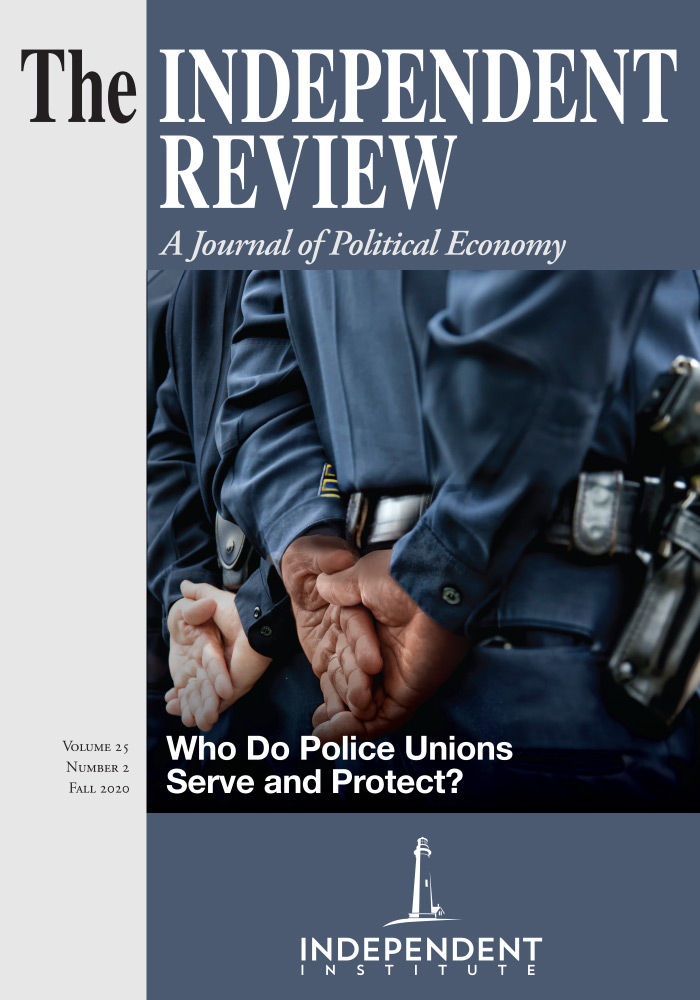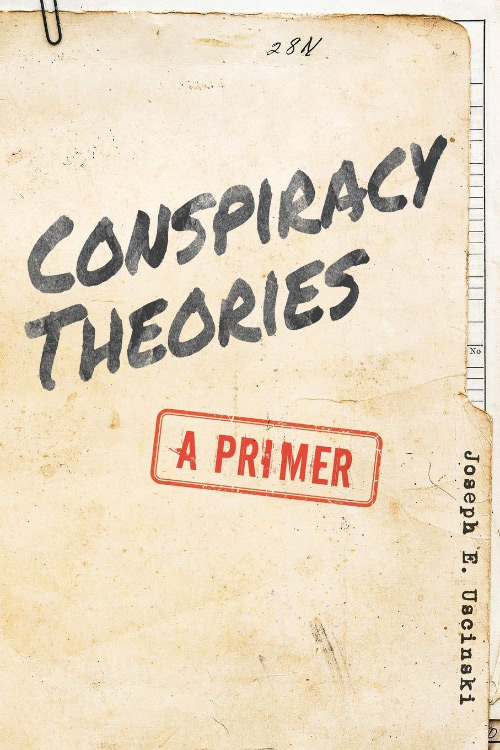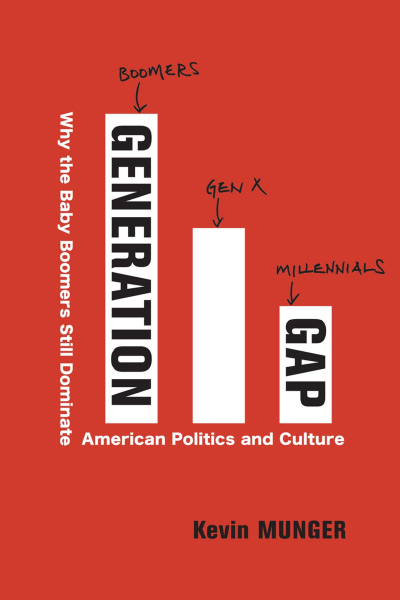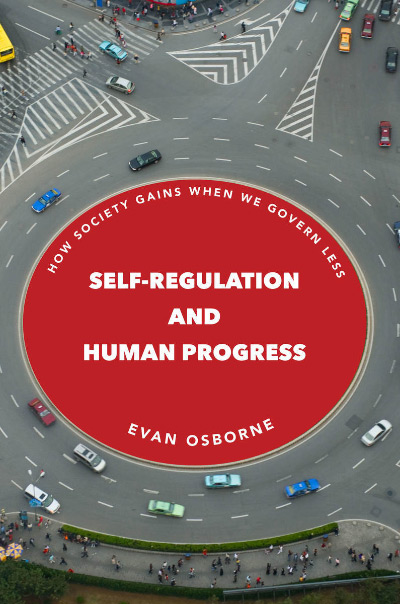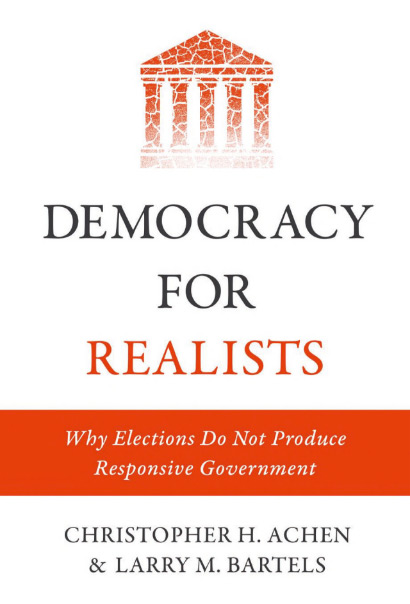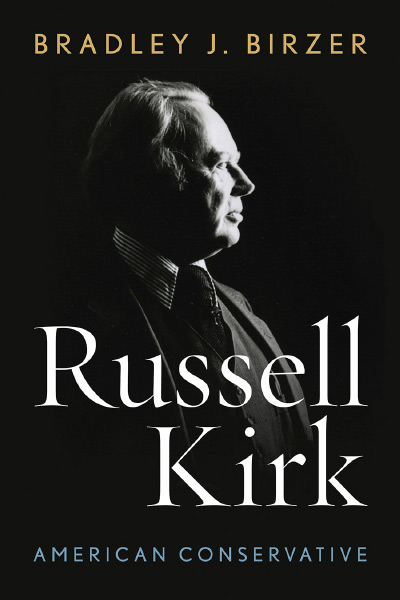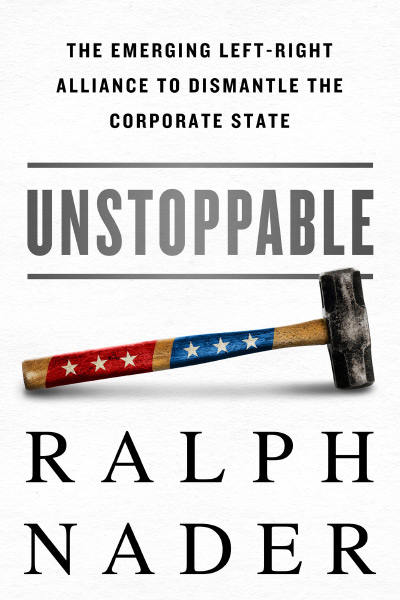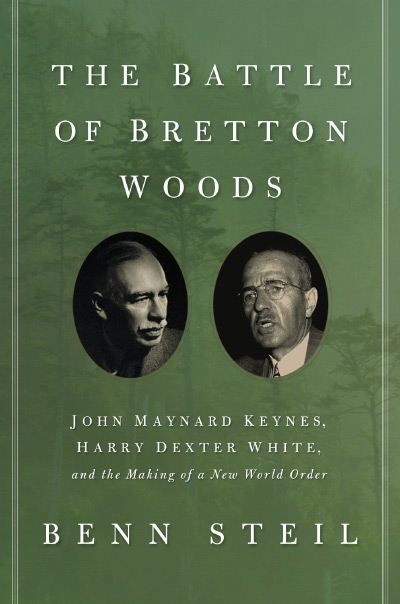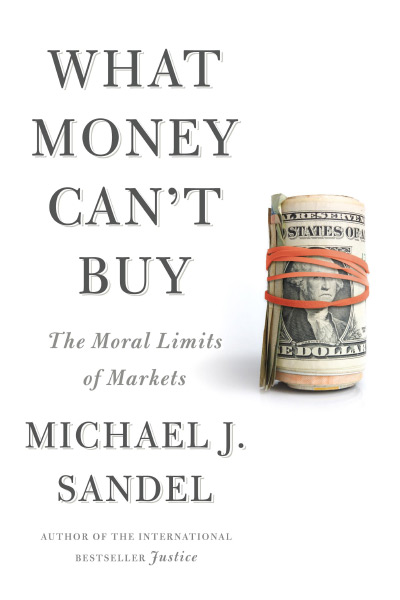One of the great scenes in cinematic history is from Stanley Kubrick’s masterpiece, Dr. Strangelove. In the scene, Major T. J. Kong rides a nuclear bomb to fiery oblivion, sealing his fate and that of the entire world. While the film is a masterful skewering of many of the figures and the logic behind the Cold War, it also contains an indirect warning about the dangers of conspiracy theories in the wrong hands. After all, the entire impetus for Major Kong’s ill-fated last ride was the action of Brigadier General Jack D. Ripper, who believed that a secret communist plot to sap Americans of their “precious bodily fluids” through water fluoridation required nuclear retaliation. Though it is not the primary plot element of the film, we laugh at the absurdity of Ripper’s commitment to such an outlandish conspiracy theory. Surely very few of us would subscribe to something so unbelievable.
However, most of us will be shocked to learn that our differences with Ripper are more of degree than of kind. This surprising fact, among many others, is contained in Joseph E. Uscinski’s enjoyable and enlightening volume Conspiracy Theories: A Primer. Uscinski, a political scientist at the University of Miami, has made the study of conspiracy theories one of his chief scholarly pursuits. In the book, he provides a thorough survey of the current academic literature on conspiracy theories, as well as potential explanations for why conspiracy theories are so popular, what bearing they have for our political discourse, and what, if anything, should be done to address the existence of conspiracy theories.
Uscinski starts with an argument for why we should care about conspiracy theories as social scientists. In chapter 1, Uscinski dispels many common misconceptions about conspiracy theories and who believes them. For example, it is commonly asserted in many a breathless newspaper article that we are living in a time where conspiracy theories are particularly prevalent. Uscinski shows that this is incorrect. Conspiracy theories have always been with us, and most of us likely subscribe to at least one conspiracy theory. While many conspiracy theories are extreme, a number are relatively mild and widely held. As Uscinski notes, most Americans believe that there was some conspiracy involved in the assassination of John F. Kennedy. It is also the case that conspiracy theories are not the province of the mentally ill. Many otherwise healthy individuals subscribe to conspiracy theories across the globe, not just in the United States.
Chapter 2 introduces the reader to what conspiracy theories are. A standard definition of “conspiracy theory” is hard to come by. While conspiracies are a necessary part of conspiracy theories, they are not enough to define them alone. To Uscinski, conspiracy theories can be better conceived of as ideas about potential conspiracies that can either be true or false, but contradict standard explanations offered by those deemed to be “epistemological authorities” (p. 23). Readers might be a bit taken aback by defining conspiracy theories this way, but as Uscinski argues, explanations for events like the break-ins at the Watergate Hotel started off as theories of conspiracy that were later substantiated by journalists. But until such evidence can be produced, conspiracy theories remain just that—theories.
However, for supporters of conspiracy theories, the theories are supported by clear “facts” that indicate a conspiracy did take place. The difficulty is that what is deemed to be true or untrue differs from person to person. Ultimately, conspiracy theories that remain theories are nonfalsifiable. As a result, perhaps it is better to think of conspiracy theories as being “more or less true” rather than strictly true or false. Individuals can be said to have conspiracy beliefs when they accept specific conspiracy theories as likely to be true. Uscinski closes this chapter with useful discussions of “fake news,” disinformation, and misinformation, as well as other phenomena related to conspiracy theorizing such as paranormal beliefs, cryptozoology, and pseudoscience.
In chapter 3, Uscinski ably describes the public polling techniques used to tease out how many people believe in conspiracy theories and also provides summaries of popular conspiracy theories such as those surrounding the JFK assassinations and extraterrestrial life. Conspiracy theories are not just related to these events though. Conspiracy theories also exist to describe scientific and economic phenomena. For example, citizens in countries like Sweden, Poland, Germany, and Argentina widely belief that business and labor union leaders cannot be trusted. Conspiracies involving members of these groups are used instead of economic theory by many to describe economic outcomes. Quite frankly, the number of conspiracy theories seems to be almost infinite.
Given the seeming ubiquity of conspiracy theories, a natural next step is to wonder what makes them appealing to so many individuals. Chapter 4 provides background on psychological and sociological factors that may make the adoption of such conspiracy theories easier for certain individuals. Psychologists have pointed to various cognitive and personality traits that may make the adoption of conspiracy theories more likely and have also hypothesized that different psychological conditions (in the sense of emotional states, such as stress) may have a role to play too. However, there are numerous limitations to these psychological explanations, with the literature being at times contradictory and the laboratory experiments oftentimes lacking external validity. As a result, studying sociological factors like group dynamics and intragroup competition are advanced as other potential explanations.
The book’s last two chapters bring us to the realm of politics. Uscinski argues in chapter 5 that partisanship plays a major role in the type of conspiracy theories that believers will subscribe to. For example, those who identify as Republicans in the United States are much more likely to seize on conspiracy theories when Democrats have the advantage in political power, and vice versa. Importantly, Uscinski shows that conspiracy theorizing is not monopolized by either party. Previous scholarly research has tended to focus more on conspiracy theories held by individuals on the political right. Uscinski attributes this to the fact that conspiracy theories were originally believed to be more prevalent among those who held more authoritarian, tribal, and anti-intellectual intuitions (all of this in the positive, rather than normative, sense of these words). However, while this relationship has been called into question, its impact persists, likely because many of those who study conspiracy theories are more left-wing than right-wing (p. 92). Uscinski’s book, and his research, provides an important corrective to this, and he spends a large portion of this chapter describing conspiracy theories popular on the left. Conspiracy theories also seem to be adopted when individuals find their political parties on the losing end of elections, and are quickly abandoned when they are once again victorious.
The final chapter of the book applies many of these insights to today’s politics. But before turning to this, Uscinski provides a cautionary tale of the danger that conspiracy theories held by governments themselves can pose. Using the Ruby Ridge standoff as illustration, Uscinski shows that government agents acting on conspiracy theories can pose a unique danger given their capacity for violence.
The topic then shifts to the 2016 presidential election. Donald Trump has found himself both a strong promoter and sometimes victim of conspiracy theories. During his campaign, Trump promoted several conspiracy theories, such as a theory that ISIS operatives were infiltrating the southern border and that Senator Ted Cruz’s father played a role in the assassination of President Kennedy. On the other hand, the political left—including mainstream outlets like MSNBC—have found themselves consumed by conspiracy theories alleging that Trump owes his electoral victory to Russian interference, or even that he is a Russian agent himself. The chapter concludes with discussions of the role that the internet and social media have potentially played in popularizing various conspiracy theories. Although social media and the internet are popular targets, Uscinski finds little evidence to support the assertion that they are to blame. Websites that promulgate conspiracy theories are simply not very popular, and those who are not already predisposed to conspiracy theorizing are incredibly unlikely to stumble upon evidence for conspiracy theories that they will find convincing. Thus, calls for the internet to be further regulated are ultimately not very compelling. Relying on governments to pressure social media companies for adjudicating what is true and false remains a risky proposition.
The final conclusions reveal some small issues with the book. Notably, when presenting suggestions for how to deal with conspiracy theories, Uscinski notes the importance of electing politicians who do not believe in conspiracy theories. But politicians are rational actors—at the end of the day, they will select the strategies that they believe will secure them victory in the next election. If conspiracy theories make up part of their strategy, the fault may lie more with voters than with those they select. And while the summary of psychological and sociological reasons for adopting conspiracy theories is useful, there do not seem to be as many pure rational choice explanations, though this is likely more a result of the literature than negligence on Uscinski’s part. At the very least, there does seem to be room for interested rational choice theorists to contribute to the discussion.
Overall, the book fulfills its primary task wonderfully. For scholars and students looking for an introduction to conspiracy theories and the research on them, Conspiracy Theories: A Primer is an excellent resource. The book not only gives readers the lay of the academic land, but also helps dispel many important myths about conspiracy theories and the people who subscribe to them. And though it is not a direct goal of the book, Uscinski makes a compelling case for the importance of free expression: as he notes, even when conspiracy theories are false, they can at least encourage more transparency when it comes to important issues of the day. This is not to say that conspiracy theories cannot be dangerous: as Uscinski is clear to recognize, several mass shootings have been in part motivated by racist and anti-immigrant conspiracy theories. And of course, conspiracy theories are not just the purview of everyday citizens. When government agents buy into conspiracy theories, the results can be incredibly devastating. All in all, this reviewer strongly recommends the book—though it is possible that I am just in on the game.
| Other Independent Review articles by M. Scott King | |
| Spring 2021 | How to Be a Dictator: The Cult of Personality in the Twentieth Century |

